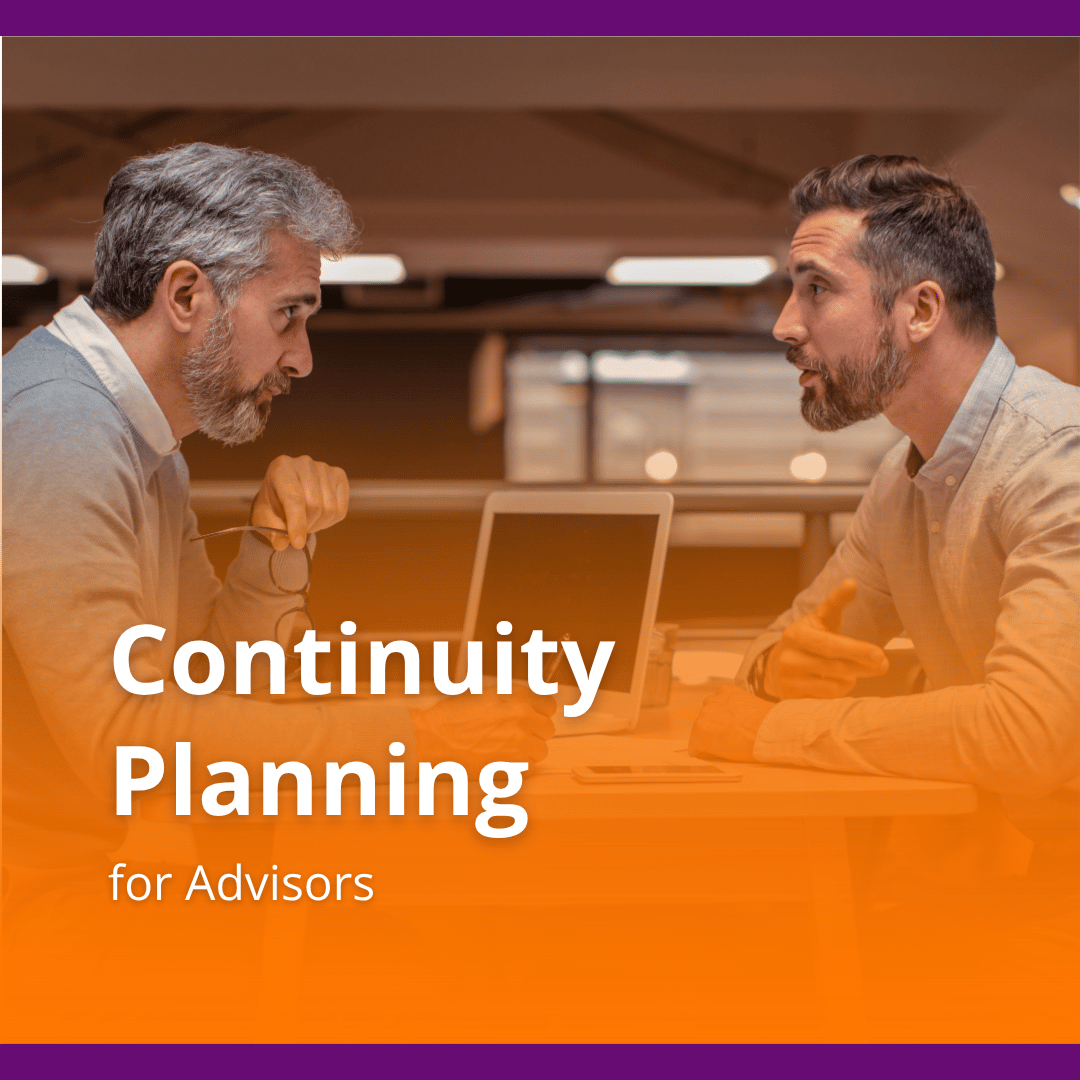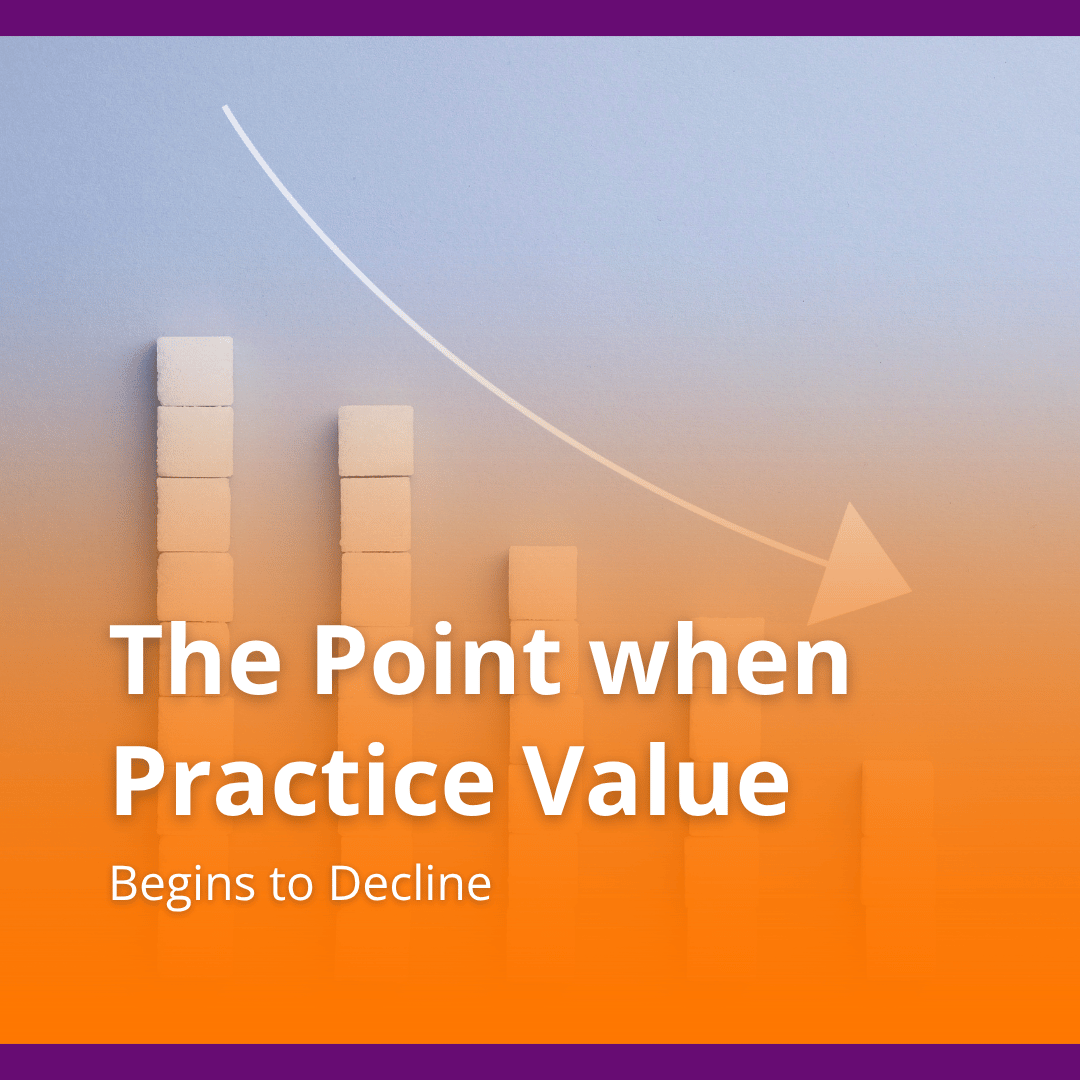2 min read

The New Year is a time for making resolutions and tackling big goals. For financial advisors, one of the best resolutions you can make for your practice is to put a continuity plan in place. The rapid change and uncertainty brought on by the pandemic has highlighted the importance of having a plan in place to protect your practice in the event of death, disability, and even divorce. As the uncertainty of the pandemic continues, now is the time to put your own professional house in order.
The Risk of a DIY Continuity Plan
Your practice is one of the largest, if not the largest, asset you own. Having a current, up-to-date continuity plan allows you to protect the integrity of your legacy, ensure a smooth transition for your clients and heirs, and removes one stressor off the table when unfortunate circumstances strike. There is a temptation to use a template plan from the internet or your broker dealer. However, those “one size fits all” templates don’t take into consideration the specifics of your unique situation. Often, custom continuity plans don’t require much of an investment. Usually just $2,500 to $5,000 depending on the firm and their level of experience.
Make the Investment
Getting a continuity plan in place isn’t a one-time deal. As your practice and your personal situation changes, so too should your continuity plan. Just like your will, it is a living breathing document that should evolve as your life and your business evolve.
Again, it’s important to take the same advice that you give your clients and plan for the unexpected. The hope is that you never have to use it and can enjoy the rewards of your decades of service and hard work. But should the worst-case scenario happen, your clients and your heirs will be glad that you had a plan in place.

Anthony Whitbeck, CFP®, CLU®
About the Author: Anthony Whitbeck, CFP®, CLU®
Anthony "Tony" Whitbeck, CFP®, CLU®, is CEO and Owner of Advisor Legacy. He began his career as a financial advisor in 1989 and later shifted to coaching, where he’s guided more than two hundred advisory practices through growth, valuation, and succession. Tony leads Advisor Legacy’s certified third-party valuation engagements and coordinates lending and legal partners to streamline transactions. His articles focus on building transferable enterprise value, mapping internal vs. external exits, and avoiding common succession pitfalls. Drawing on decades of in-the-trenches experience, Tony provides practical, compliance-friendly guidance advisors can use right away.
Subscribe
Receive timely articles, tip sheets, events, and more right in your inbox.

Thinking of Selling Your Business? Document Your Operations First
Running a business means knowing every moving part. But to a buyer, that knowledge means nothing if it isn’t documented. And that’s a...

4 Secrets to Buying a Business
Growing by acquisition is one of the fastest ways to scale — but it’s also one of the easiest ways to stumble. Behind every successful deal is a...

Trends Shaping Financial Services M&A in 2025: What Advisors Need to Know
The M&A landscape in financial services isn’t slowing down. It’s evolving. Fast. As of mid-2025, deal values in the sector have surged by...




.png)

